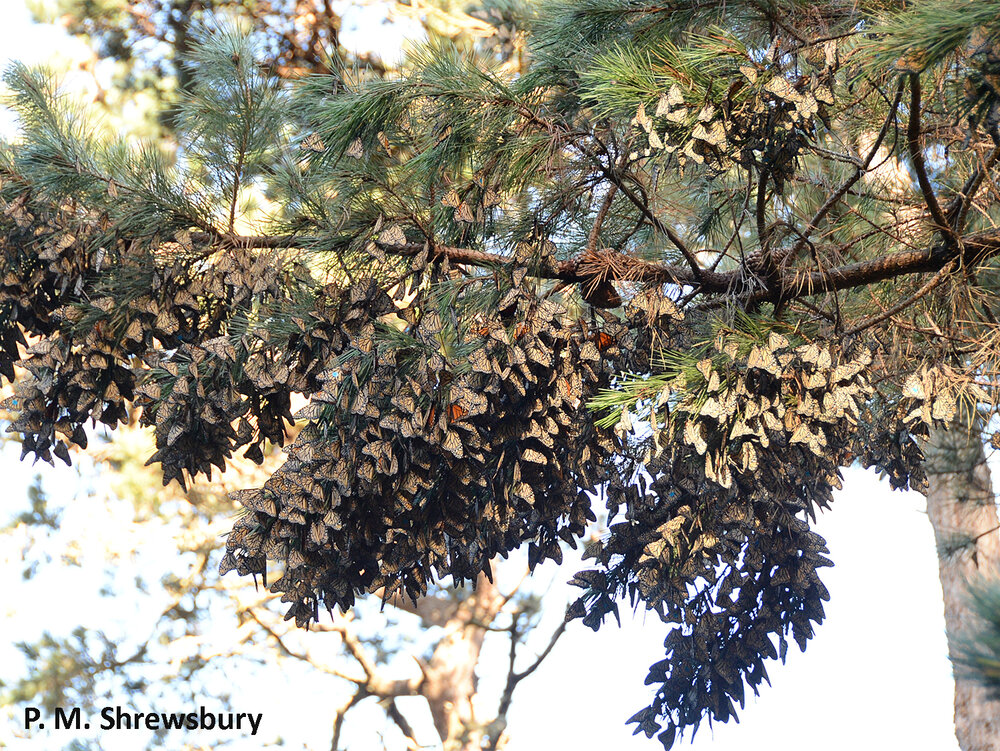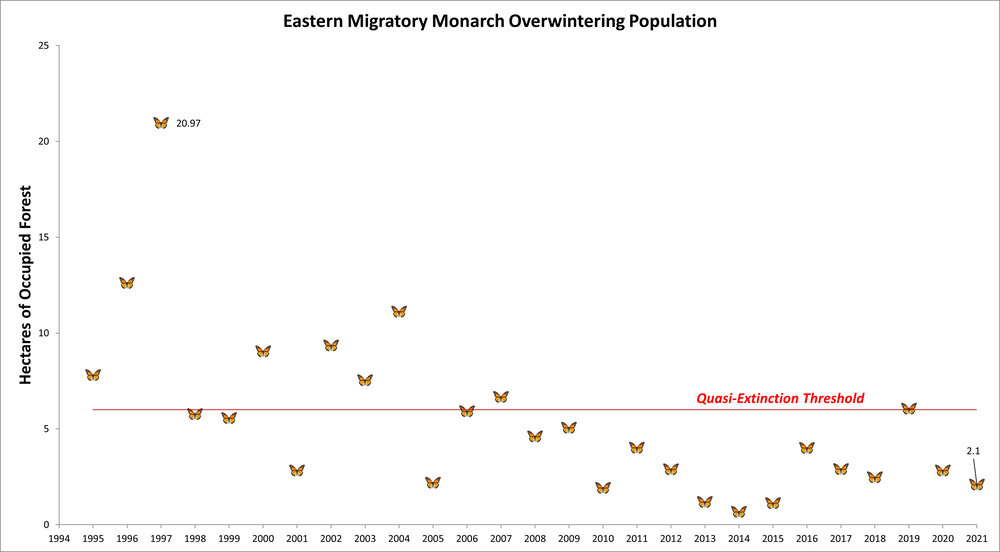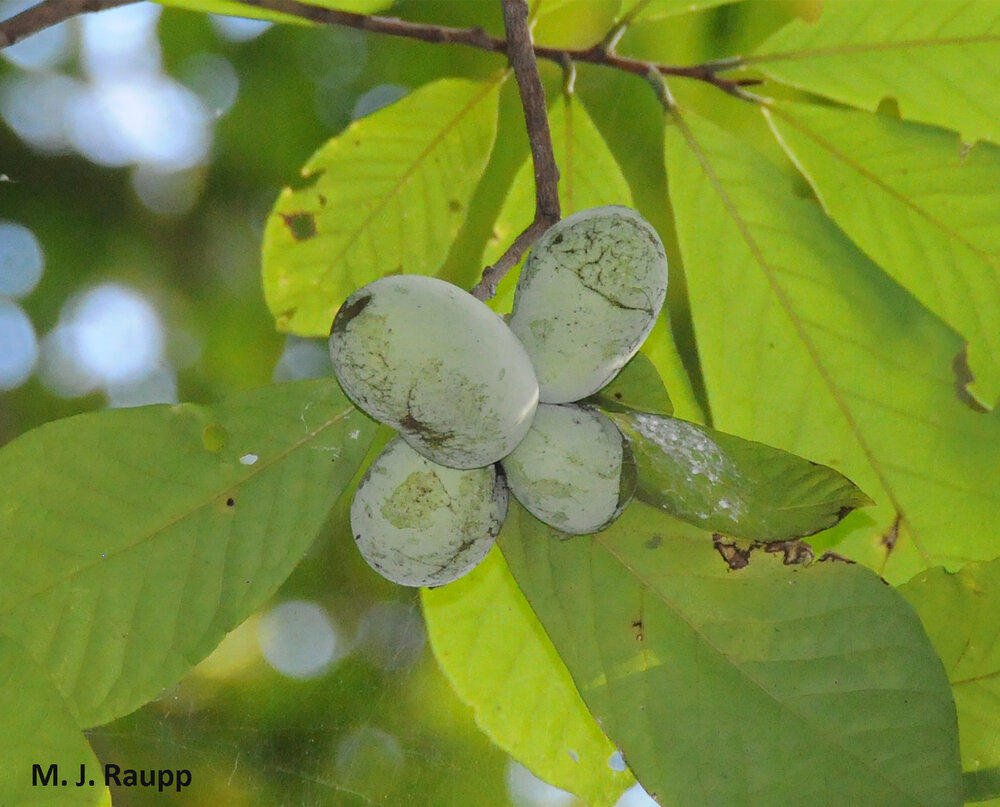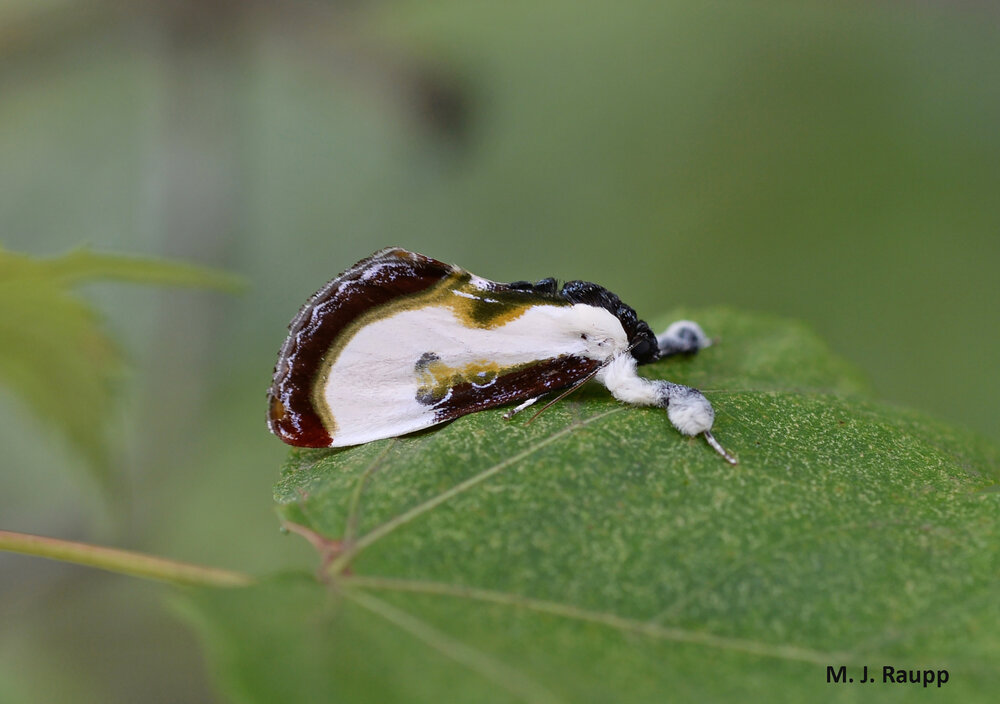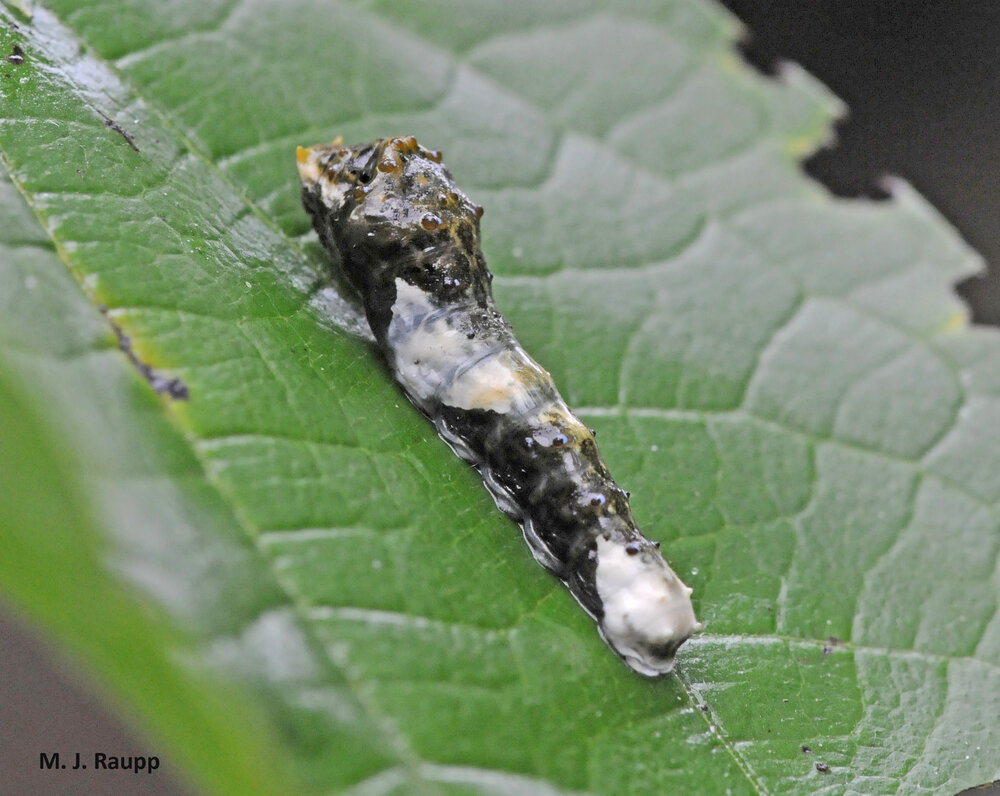How a cool creepy insect warms up: Eastern Dobsonfly, Corydalus cornutus

Large and a little creepy, dobsonflies are among the largest insects found in the DMV.
While much of the nation roasts through stifling heat waves this summer, it is hard to believe that any creature could struggle with cool temperatures. But remember from your high school biology days that many animals are poikilotherms, cold-blooded beings whose body temperatures largely depend on the ambient temperature of the environment they occupy. Terrestrial creatures including amphibians like frogs, non-feathered reptiles like snakes, and, of course, insects fit into the category of cold-blooded animals. However, to perform fundamental activities of locomotion either by legs or wings, muscles of cold-blooded insects must reach a minimum temperature to function. For example, take butterflies – in cool montane habitats of the Sierra Nevada, flight muscles in a butterfly’s thorax may require temperatures in the 90’s to sustain flight. One way to generate this level of heating is to bask in the strong mountain sunshine. Basking is a thermoregulatory behavior used by many insects and other poikilotherms to gather energy and warmth to facilitate metabolic processes and sustain activities such as walking and flight.
As homeotherms, that is, warm-blooded creatures, we have behaviors and the metabolism to help keep our body temperatures at optimal levels. One familiar way to keep warm is shivering, rapid involuntary contractions of our muscles that expend energy and generate heat to warm our bodies when we are cold. Do insects employ shivering or something akin to shivering as a way to warm up? You bet! Enter a chilly dobsonfly. Each year about this time, Bug of the Week receives requests to identify a large creepy looking insect found on the side of a building or on a plant, often near a porch light that attracts flying insects. These grotesque marvels belong to an order of insects known as the Megaloptera – “huge winged” insects – and go by the name of dobsonflies. They are among the largest winged insects found in the DMV, ranking in size with large moths and butterflies.
On a recent chilly morning on Cacapon Mountain, West Virginia when temperatures had dropped into the low 60s the night before, I spotted a magnificent female dobsonfly resting on a railing near a porch light. Apparently, temperatures in the upper 70s at nightfall were warm enough to enable this behemoth to fly toward the light and come to rest on the nearby railing of a deck. With morning’s first sunbeams just creeping over the mountains but not yet intense enough to warm flight muscles, the dobsonfly found a way to generate its own heat as a bug geek approached with a camera. Rather than a mammalian-style shiver, a burst of rapid wing-fluttering ensued. In just under two minutes, with flight muscles warmed and ready to rock, the dobsonfly escaped the probing lens of the paparazzi.
On a chilly mountain morning, watch as a creepy female dobsonfly flutters her wings to warm flight muscles in preparation for takeoff. In less than two minutes she is ready to escape the probing lens of the camera.

Extremely long mandibles of male dobsonflies are used to battle rivals. Photo credit: Nolan Jenkins
As you can see, female dobsonflies are magnificent, but males are really something special with their enormous sickle-shaped mandibles. Careful observations of mano-a-mano encounters between male dobsonflies reveal that their super large jaws are used in combat to dislodge competitors from substrates where potential mates might be present. These mandibles are useless in capturing prey and both male and female dobsonflies, which have powerful jaws, are not predatory as adults. As adults their diet is likely a liquid one.
Juvenile dobsonflies go by the name of hellgrammites and live a life aquatic. These fierce predators roam the interstitial spaces between stones and vegetation at the bottom of rapidly flowing streams, where they capture and dine on immature mayflies, stoneflies, and caddisflies. Experience tells me that their powerful jaws can deliver a memorable bite to unsuspecting humans attempting a capture. Hellgrammites are a key indicator of stream health and not found in polluted waters. Fish adore them and they are excellent bait. Like many aquatic insects, hellgrammites have gills lining the margins of the abdomen enabling them to extract oxygen from their watery habitat. In an unusual developmental twist, they also have spiracles, breathing ports, which allow them to obtain air on land. This adaptation is critical to their amphibious life style as they climb out of the water to build pupal chambers on land beneath stones, logs, or other moist protected structures. You may encounter adult dobsonflies in the morning near lighted buildings, as both sexes are attracted to light. After mating, female dobsonflies deposit eggs on vegetation overhanging water. Hatchlings drop to the stream below to roam the benthos in search of prey. Larval development can take from one to three years. Over the next several weeks as you wander the banks of freshwater streams and rivers in our region, or visit structures with nighttime illumination near waterways, keep an eye open for these marvelous giants of the insect world.
Acknowledgements
Bug of the Week thanks Nolan for providing images that were the inspiration for this episode. The wonderful publications “Behavioral Observations on the Dobsonfly, Corydalus cornutus (Megaloptera: Corydalidae) with Photographic Evidence of the Use of the Elongate Mandibles in the Male” by T. J. Simonsen, J. J. Dombroskie, and D. D. Lawrie, and “Featured Creatures, common name: eastern dobsonfly (adult), hellgrammite (larva), scientific name: Corydalus cornutus (Linnaeus) (Insecta: Megaloptera: Corydalidae: Corydalinae)” by D. Hall, and “Comparative Thermoregulation of Four Montane Butterflies of Different Mass” by Bernd Heinrich, were used as references for this episode. Many thanks to Nolan Jenkins for providing the cool image of the huge-jawed male dobsonfly.
This post appeared first on Bug of the Week

